WSI never requires a resume for an application for employment. Our online application process is very simple to use. But, if you’re looking to build a resume to highlight your qualifications and experience to go for that dream job you’ve always wanted, we’ve put together some tips and information to help you navigate through building a resume. A customized up-to-date resume will let potential employers know what you can do specifically for them. The purpose of a well crafted resume is to get the job interview.
Our internal numbers here at WSI show that about half of our associates have a resume. Of that 50%, our hiring managers report that almost 80% of them are out of date. Again, this doesn’t hinder anyone from getting an interview for a position they’re qualified for. Taking a couple of hours and updating your resume is like having an ace in the hole for when you need it.
Some people say, “If I’m applying online, I just have to input my resume line-by-line anyway.” Yes, some jobs on Indeed.com will take you to an employer’s website where you’ll have to input all the information by hand. This can be infuriating! Thankfully, WSI’s job page has just five fields, and that’s it.
Other openings could have software that scans your resume and fills in the blanks for you. Then there are jobs where you can attach your resume and write a cover letter and push “APPLY NOW” and that’s the end of it. But what happens to your application after you push send?
Applicant Tracking Software
Writing a good resume means making sure your resume has key words and phrases that you see in the job description. Most employers will use software that sorts and ranks resumes based on qualifications set up by the hiring manager. So, it’s important to make tiny changes to every resume you send to match the job description and requirements. It could be the difference whether or not you’re called for an interview. If there are other candidates who’s keywords are a better match, they will rank higher for the job. Here’s an example of a job opening we have for a position here at WSI, with some keywords highlighted.
Notice how many times “communication” was mentioned? Account Management was also mentioned a couple of times in the job description. These keywords are the skills and talents the employer is looking for. So customize your resume to work in some words and terms you see in the job description.
If you want to see how well your resume stacks up against a job description, use this Simulator. It will scan your resume and the job description you copy over and see how well your resume stacks up against the system.
Best Practices for Creating Resumes
Make sure your headline lets the employer know you meet the requirements of the job description. A summary is how you benefited your previous employer. For example, if you worked at a restaurant, you might highlight your customer service experience. A solid headline and summary example would be:
Headline: Customer success professional with 2+ years experience delighting clients in the retail industry.
Summary: Experienced in resolving client concerns via chat, email and phone; routinely recognized by management and peers for assertive and enthusiastic spirit. Excited to continue my career in eCommerce.
Keep your formatting simple.
Be aware that the software may struggle to read and parse the correct information from your resume and misplace your skills and details that you want to put front and center. Don’t use headers, columns, or footers when you create the document.
Here’s the rundown for sections on your resume:
- Name and contact information
- Summary or objective
- Professional history (Company name | Dates of tenure |Description of role and achievements)
- Education
- Skills
- Optional (Awards & Achievements, Hobbies & Interests)
This template is an example Indeed uses for simple formatting.
Be sure to use simple, professional fonts such as Arial, Calibri or Georgia at a 10–12 point font size. In short, keep formatting simple. Make sure each section is labeled clearly:
- Work History
- Work Experience
- Experience
- Professional History
- Professional Experience
Be Honest With Your Skills, Experience, and Education
Aside from creative job titles, if you mash together job ad keywords and your experience in an attempt to make yourself look more impressive, it could very likely backfire. It’s best to be honest with your skills and not embellish your previous roles. Employers want to see how you contributed to the company. When you write your resume, make every effort to highlight these employer benefits.
HR managers are notoriously detail-oriented creatures who do a lot more background work than they are given credit for. If you say you hold a bachelors degree and you don’t, or were a manager at your last job, and you weren’t…that’s going to raise some serious red flags about who you are as a candidate.
If you were a cashier at your last job, say you were a cashier/customer service specialist. No need to over-fancy a title as an attempt to stand out. Being honest, like in any relationship, is the best foundation for success.
Finish Your Efforts With a Well-Crafted Cover Letter
Nothing personalizes your resume like a well crafted cover letter. The key to writing effective cover letters is to succinctly communicate how your professional experience fits the needs of the role and culture of the company. A great cover letter shows the employer you are interested in the job. Some studies are showing that the cover letter isn’t necessary anymore. But employers are still looking for it as part of your application package.
- Don’t use a generic letter.
- Be sure to include the employer’s name, and the position. If you can call to ask who might be in charge of hiring for the position, put their name on the cover letter.
- Your first paragraph should highlight why you are the specific candidate for the job.
Remember, WSI does not require a resume for application. Even if you’re happy in your current role, it’s always good housekeeping to make sure your resume is up-to-date. You’ll want to make it as readily available as possible if you stumble across that position you’ve always dreamed about. If you don’t have a resume, it’s time to put one together so you don’t miss out on great opportunities. If you don’t have access to a computer to craft a resume, start with your local library. You’ll find many librarians are eager to help you navigate how to use the computer. Below is a list of resources you can use to help you in the process. Good luck out there!
More Resume Building Resources


